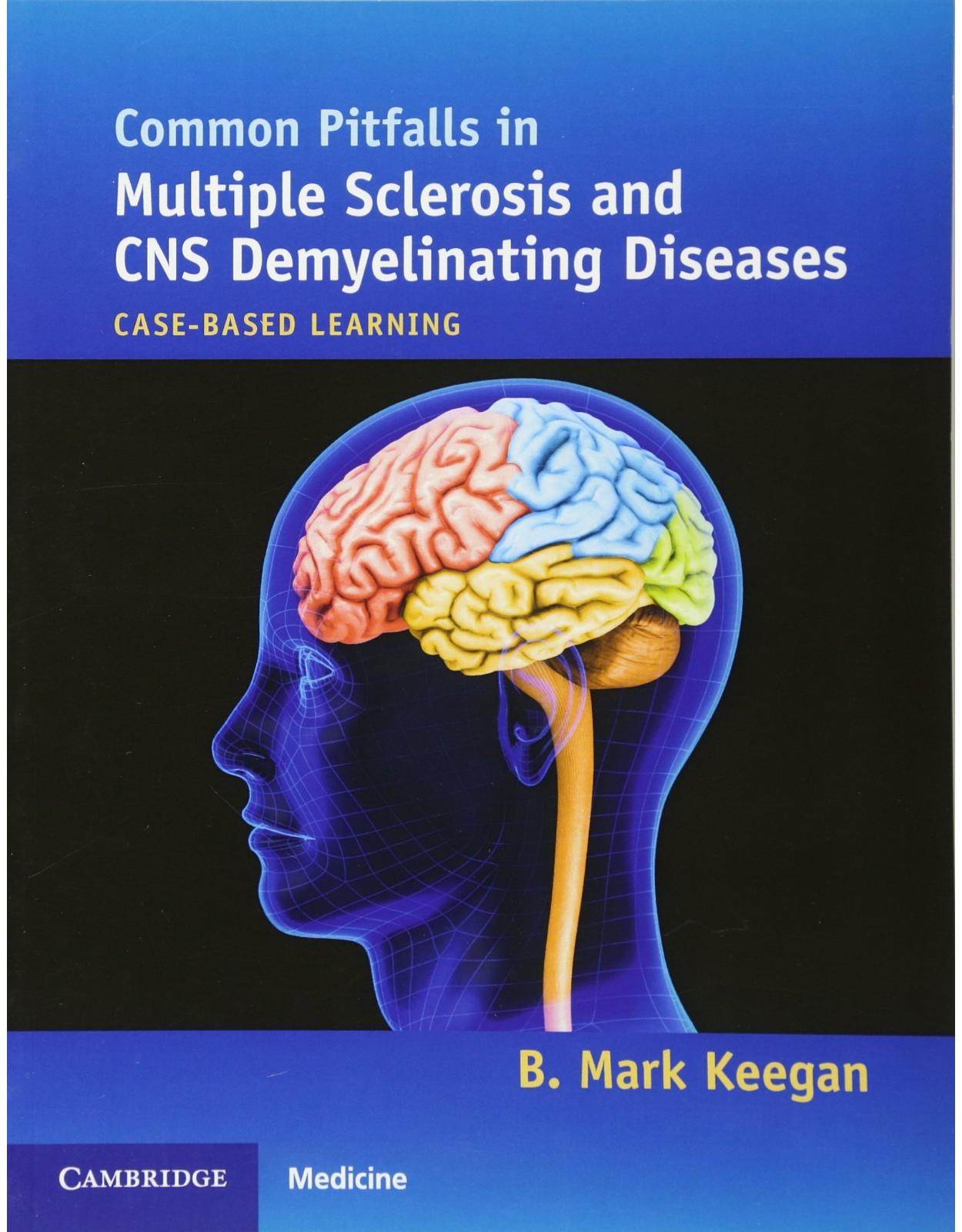
Common Pitfalls in Multiple Sclerosis and CNS Demyelinating Diseases
Livrare gratis la comenzi peste 500 RON. Pentru celelalte comenzi livrarea este 20 RON.
Disponibilitate: La comanda in aproximativ 4 saptamani
Autor: B. Mark Keegan
Editura: Cambridge University Press
Limba: Engleza
Nr. pagini: 101
Coperta: Paperback
Dimensiuni: 19.05 x 0.76 x 24.89 cm
An aparitie: 12 May 2016
Description:
Differentiating multiple sclerosis (MS) from alternative demyelinating diseases of the central nervous system and systemic medical conditions that mimic MS is challenging. A simple three-step approach is used in this text to guide readers through clinical cases to define MS and rule out competing causes. Case presentations are used to illustrate simple pearls and other clues that will aid clinicians in assessing and managing difficult clinical situations. The chapters are organized to reflect challenges regarding specific anatomical territories affected by MS and its mimickers, namely evaluation of impairment in the optic nerves, brain, brainstem, cerebellum, and spinal cord. Specific examples are used where the author or the treating physician was correct or incorrect in investigating or managing a particular question. The wisdom of hindsight thus generated becomes an invaluable and enduring lesson. The text is written in a coaching style, buttressed by the strong pedagogic wisdom of the author.
Table of Contents:
Chapter 1 Pitfalls in identifying the classical clinical features of MS
Introduction
Three-step diagnosis of MS
Step 1: Identify the classical clinical features of MS
Step 2: Conduct a neurological examination for signs of MS
Step 3: Assess investigational evidence of MS
Case 1: A woman with numbness and prior visual loss: possible MS
Case 2: A woman with diffuse pain and abnormal brain MRI scan. It is MS?
Case 3: A patient with numbness of the feet rapidly involving the hands. Where is the lesion in the nervous system?
Case 4: A patient with a diagnosis of MS presents with new left arm numbness. Is it due to the patient’s MS?
Case 5: A young woman with sudden deafness and abnormal brain MRI. Is it MS?
Case 6: An elderly patient presenting with gait impairment for possible Parkinson’s disease
Further reading
Chapter 2 Pitfalls in correctly assessing the clinical course of MS
Introduction
Case 7: A woman with headaches and typical brain demyelinating lesions on MRI. Is it relapsing-remitting MS or radiologically isolated syndrome?
Case 8: A patient with fatigue and a history of remote neurological symptoms, but without significant neurological debility. Could this be benign MS?
Case 9: MS with occasional symptomatic worsening. Is it relapsing-remitting or a progressive clinical course of MS?
Case 10: A patient with a history of resolved gait impairment. Is it secondary progressive MS?
Case 11: A woman with vertigo, diplopia and head pain. Is it relapsing-remitting MS?
Further reading
Chapter 3 Pitfalls in recognizing uncommon MS clinical presentations
Introduction
Case 12: Repetitive painful spasms of the left arm and leg. Is it multiple sclerosis?
Case 13: A man with treatment-resistant trigeminal neuralgia
Case 14: A man with recurrent spells of ataxia and dysarthria
Case 15: Recurrent encephalopathy in a patient with longstanding MS
Case 16: A man with recurrent right lower extremity weakness fluctuating with neck movement
Case 17: A man with fluctuating, then progressive, visual impairment
Further reading
Chapter 4 Challenges in the therapeutic management of MS
Case 18: A young man with treatment-resistant MS who abuses tobacco
Case 19: A patient with continued relapses that is unresponsive to glatiramer acetate. Should she switch medications?
Case 20: An MS patient intolerant of injections with bradycardia. What MS medications should be considered?
Case 21: A woman with MS previously treated with natalizumab. Should natalizumab be reinitiated after progression on interferon therapy?
Case 22: Episodic symptomatic worsening in a patient with MS. Should highly aggressive immunomodulatory therapy be recommended?
Case 23: An MS patient considering pregnancy. When should medications be initiated or stopped?
Case 24: An MS patient with psoriasis on interferon beta 1a three times weekly with incomplete efficacy. Which alternative oral MS therapy should be used?
Case 25: A woman with MS is investigated for vascular abnormalities
Case 26 An MS patient with acute right lower extremity pain. Is it due to established MS?
Further reading
Chapter 5 Challenges in diagnosing demyelinating ocular disease
Introduction
Case 27: A history of visual disturbance in a young woman. Is it due to MS?
Case 28: A patient with optic atrophy and abnormal brain MRI scan. Is it MS? Should immunomodulatory medications be used?
Case 29: Is it papillitis (optic neuritis) or papilledema?
Case 30: An elderly woman presenting with rapid and severe bilateral visual loss
Case 31: A young woman with headaches, optic nerve head edema and abnormal brain MRI
Case 32: A young woman with recurrent visual loss and recurrent optic nerve head edema
Case 33: A man with visual loss, optic nerve head edema and an abnormal chest x-ray
Case 34: A 56-year-old man with fatigue, muscle pain and recurrent episodes of visual loss
Further reading
Chapter 6 Pitfalls in diagnosing cerebral parenchymal disease
Case 35: A 44-year-old gentleman with an 8-year history of cognitive impairment and possible MS
Case 36: A woman with MS and severe memory loss
Case 37: A middle-aged man with progressive, treatment-resistant hemiparesis
Case 38: A man with progressive white matter disease and an “alien” limb
Case 39: A man with an abnormal brain MRI and a persistently enhancing cervical spine MRI lesion for possible MS
Case 40: A woman with breast cancer, obstructive hydrocephalus and corpus callosum abnormalities
Case 41: A woman with subacute psychiatric symptoms, mutism and involuntary orofacial and limb movements
Case 42: A young woman with repetitive brief episodes of hemiparesis and dysarthria and progressive brain MRI abnormalities
Case 43: A man with bladder incontinence, progressive gait impairment and brain white matter lesions
Further reading
Chapter 7 Pitfalls in diagnosing demyelinating cerebellar disease
Case 44: A middle-aged woman with a progressive right- then left-sided tremor
Case 45: A woman with progressive cerebellar ataxia and an isolated cerebellar lesion. Is it MS?
Case 46: A young gentleman with acute onset of severe ataxia
Case 47: An older gentleman with progressive gait ataxia and an abnormal brain MRI
Case 48: An older woman with progressive ataxia, urinary symptoms, an abnormal brain MRI and a family history of MS
Case 49: A woman with a history of lymphoma and Sjögren syndrome with progressive ataxia
Further reading
Chapter 8 Challenges in diagnosing demyelinating brainstem disease
Case 50: A woman with diplopia and transient right arm incoordination
Case 51: Progressive gait impairment in a woman on chronic anticoagulation therapy
Case 52: A young man with personality change, ataxia and progressive brain white matter changes
Case 53: A young man with rapidly progressive impairment and brainstem hemorrhage
Case 54: A man with facial tingling, ataxia and brainstem predominant perivascular enhancement on brain MRI
Case 55: A young woman with intractable vomiting
Case 56: A woman of Ashkenazi Jewish heritage with a progressive gait disorder and abnormal brain and spine MRI
Further reading
Chapter 9 Challenges in diagnosing spinal cord disease
Case 57: A patient with an abnormal brain MRI scan and cervical spine lesion. Is it MS?
Case 58: A woman with continued progressive gait impairment after successful cervical fusion surgery
Case 59: Progressive hemiparesis in a man with a single cervical spinal cord lesion. Could this be MS?
Case 60: A man with gait impairment after bronchitis. Is it transverse myelitis?
Case 61: Acute myelopathy while undergoing shoulder surgery. Is it transverse myelitis?
Case 62: A woman with left-sided pain and inflammatory myelopathy
Case 63: A woman with progressive gait ataxia, myelopathy and peripheral neuropathy
Case 64: A man with a longitudinal spinal cord lesion and pain. Is it a spinal cord neoplasm?
Case 65: An elderly woman with progressive lower extremity weakness and longitudinal thoracic spinal cord abnormality
Further reading
Index
| An aparitie | 12 May 2016 |
| Autor | B. Mark Keegan |
| Dimensiuni | 19.05 x 0.76 x 24.89 cm |
| Editura | Cambridge University Press |
| Format | Paperback |
| ISBN | 9781107680401 |
| Limba | Engleza |
| Nr pag | 101 |

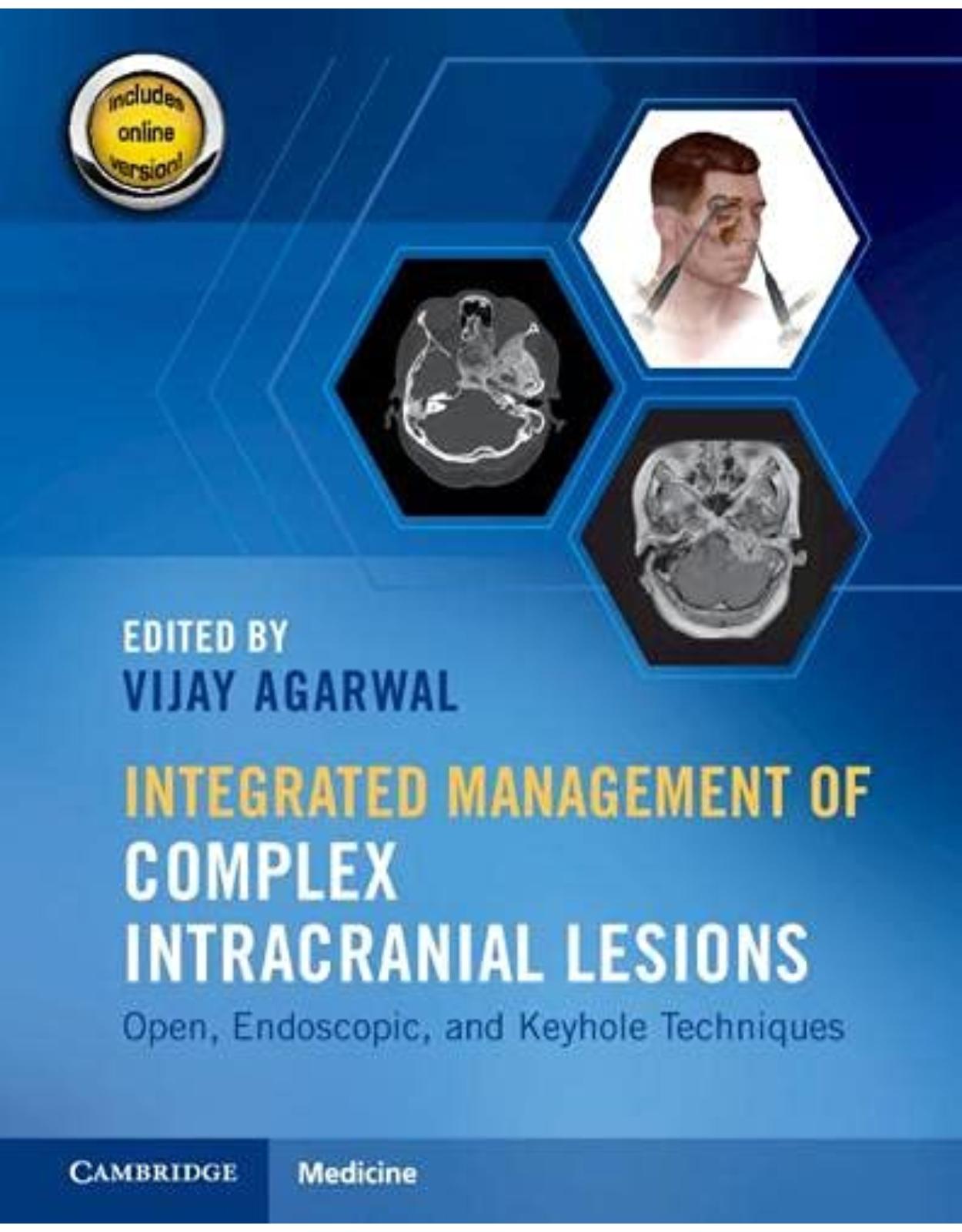



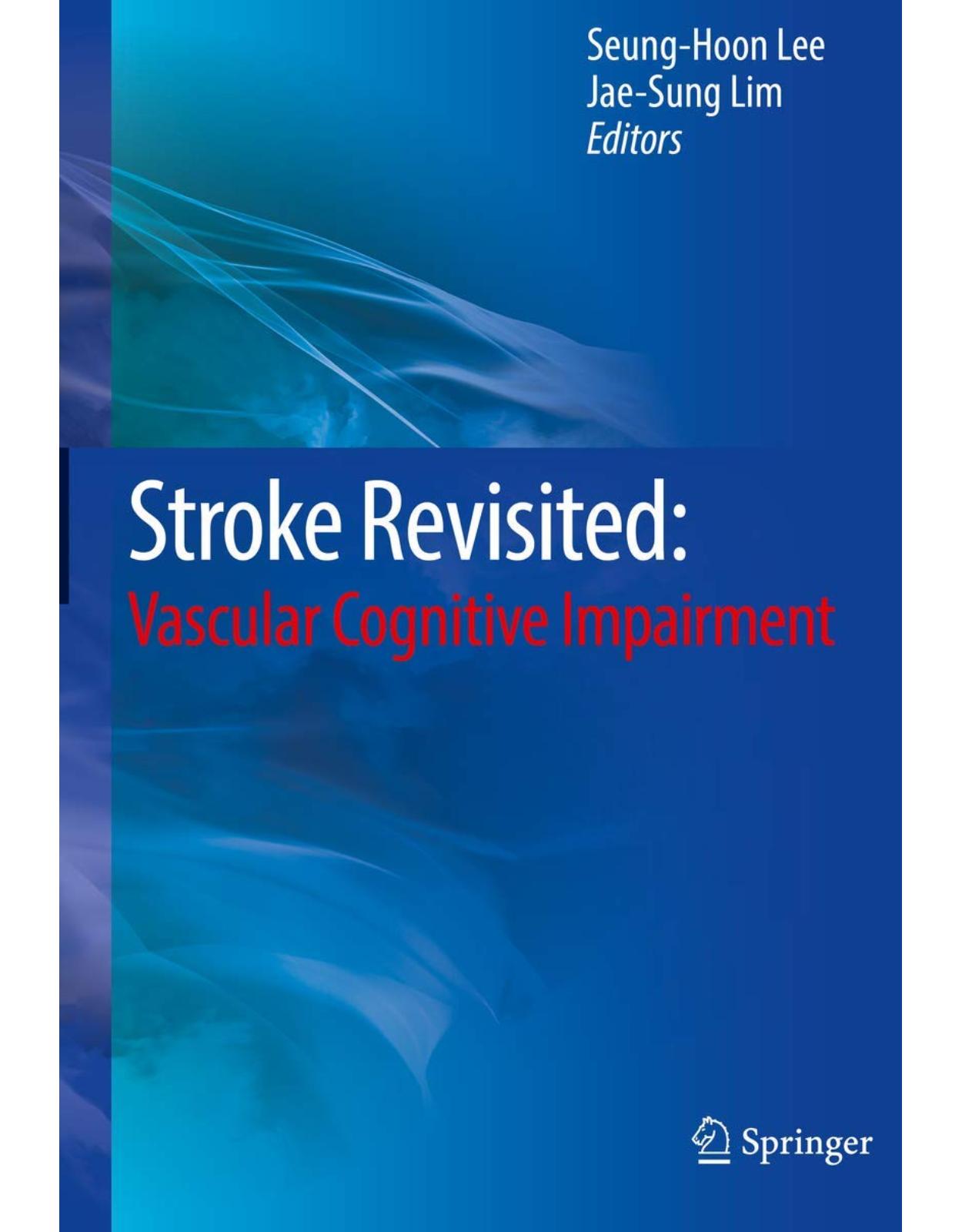
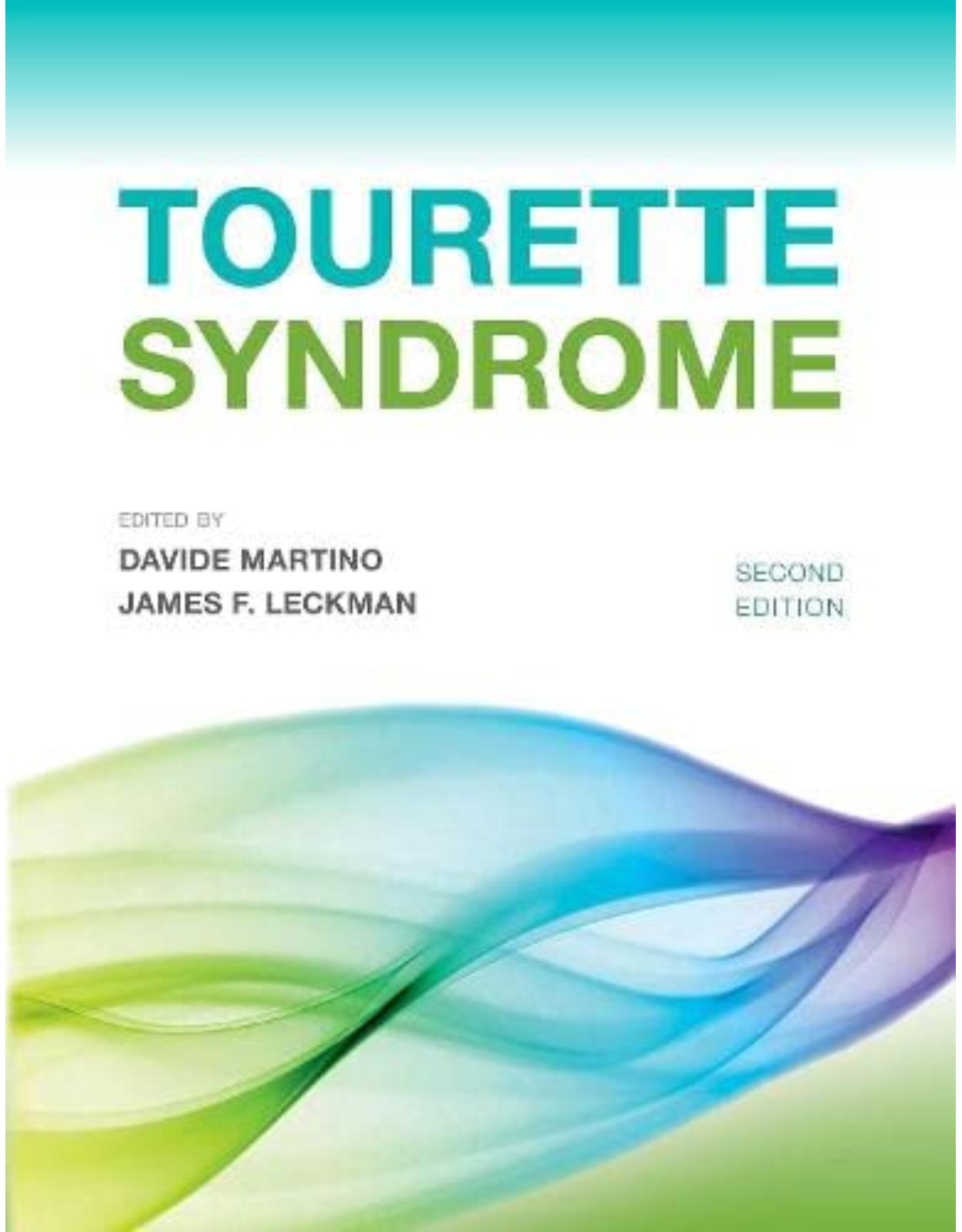



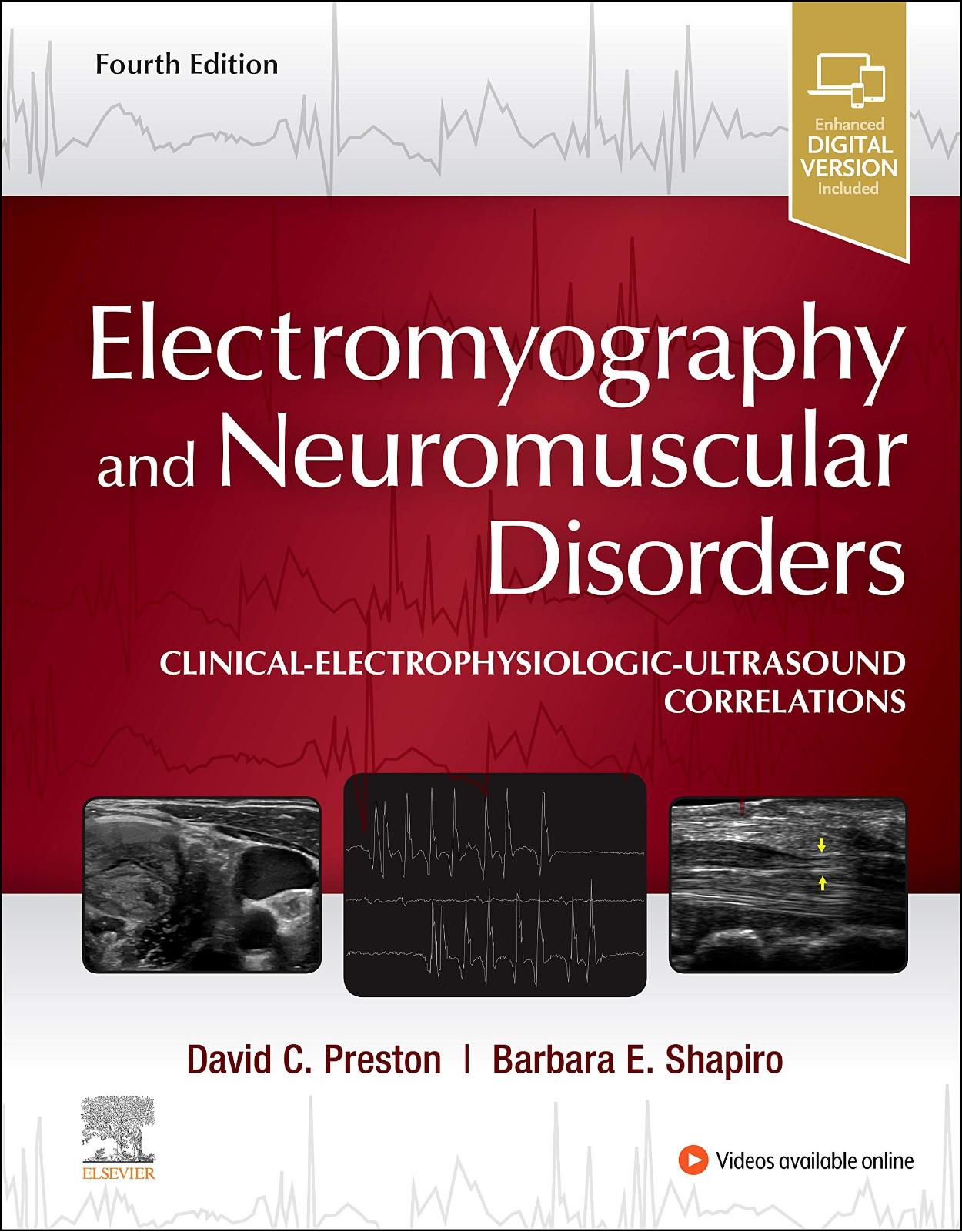

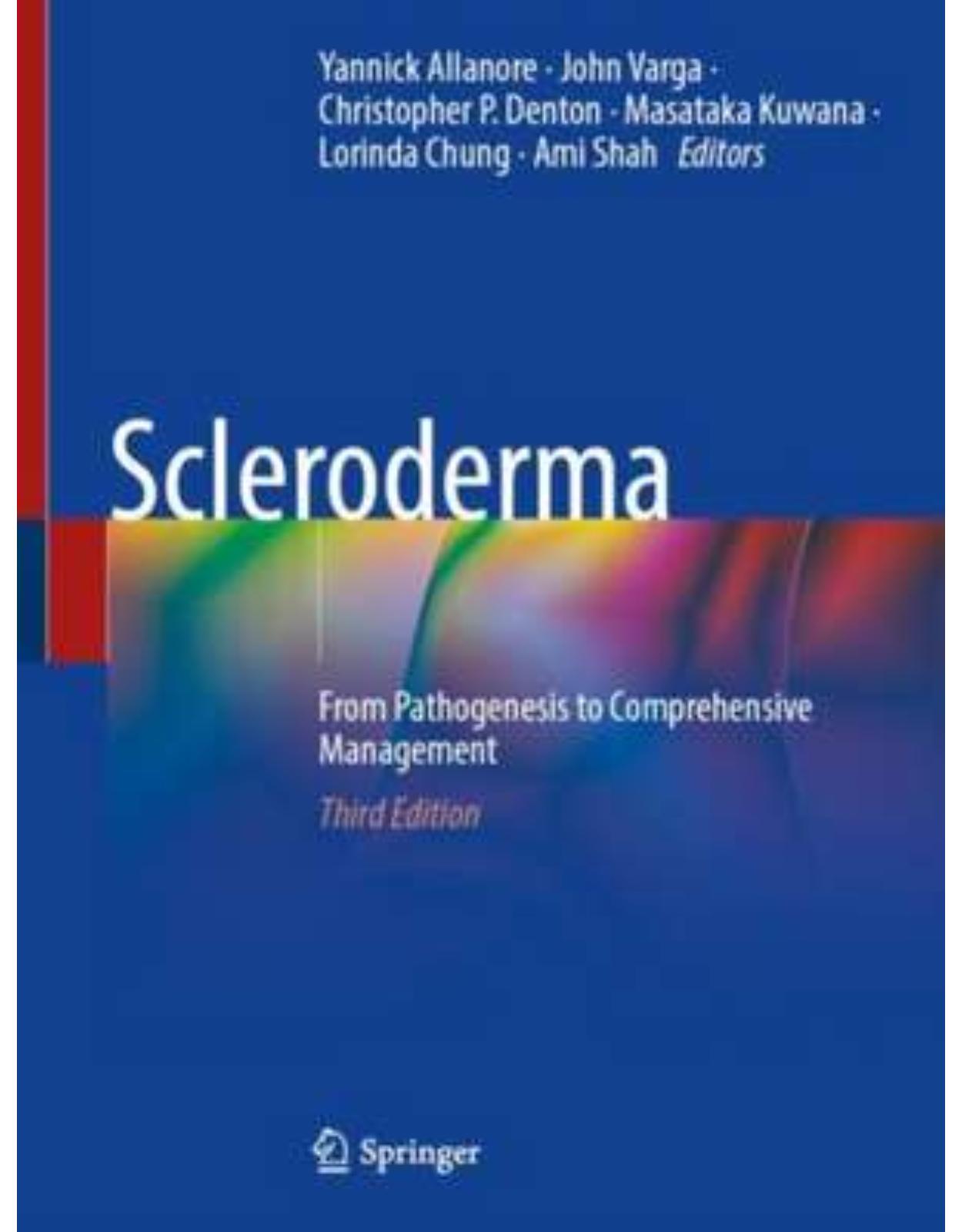
Clientii ebookshop.ro nu au adaugat inca opinii pentru acest produs. Fii primul care adauga o parere, folosind formularul de mai jos.